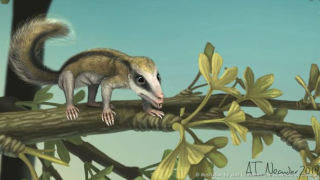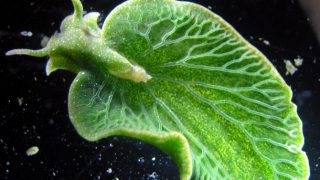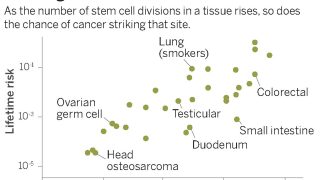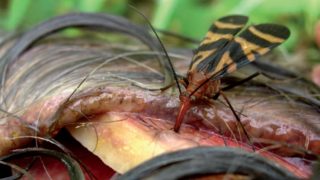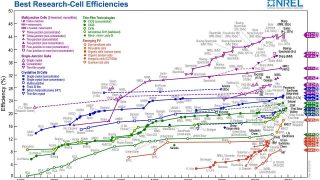
Exterminate! Using lasers to get rid of leaves
Trains have a huge seasonal problem each autumn: leaves. Yes, leaves from the trees. And now they are testing a solution: laser beams! It sounds absurd, but it will all make sense after we get into its science. Every autumn when leaves fall off the trees and beautifully cover parks and streets, railway infrastructure managers […]

